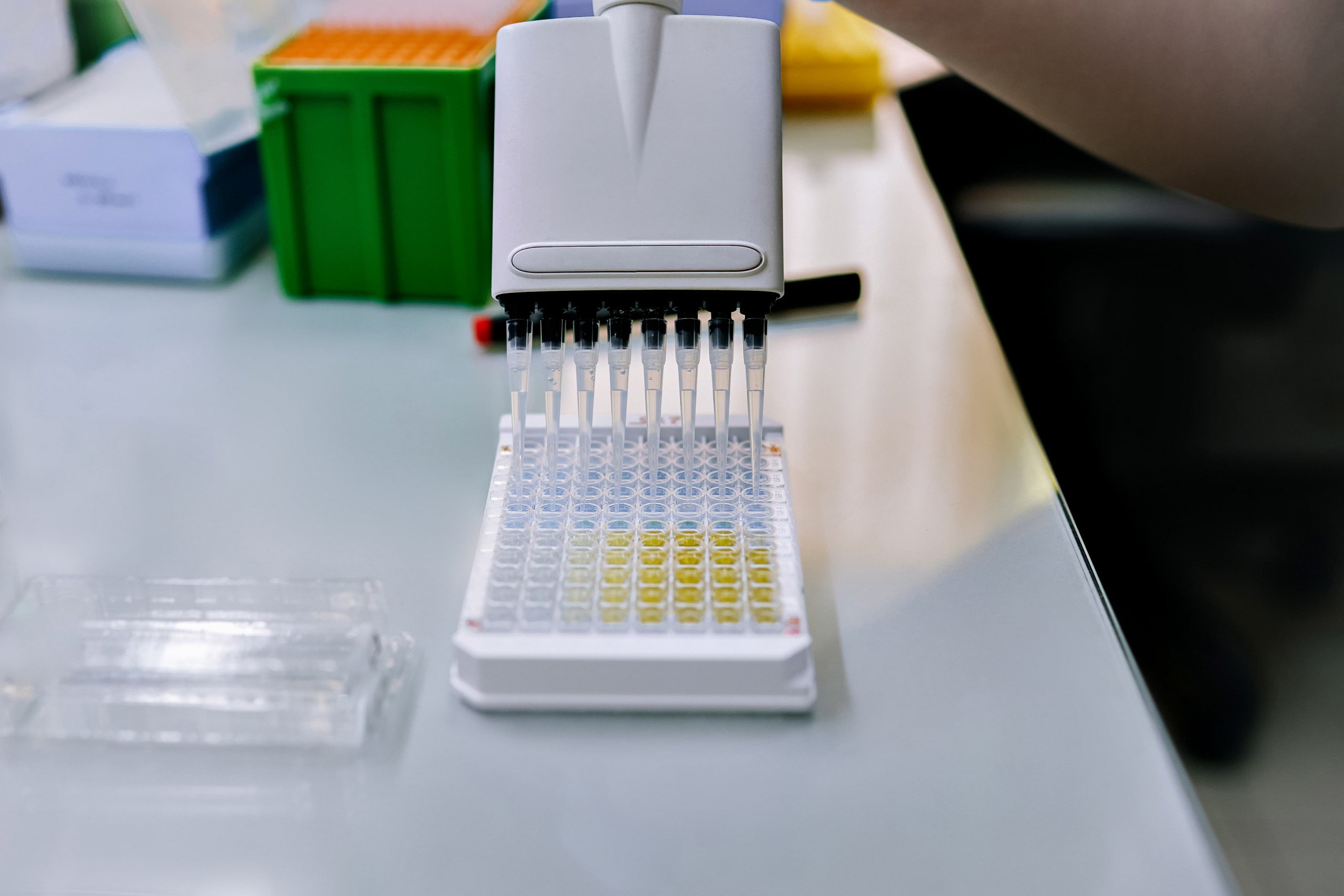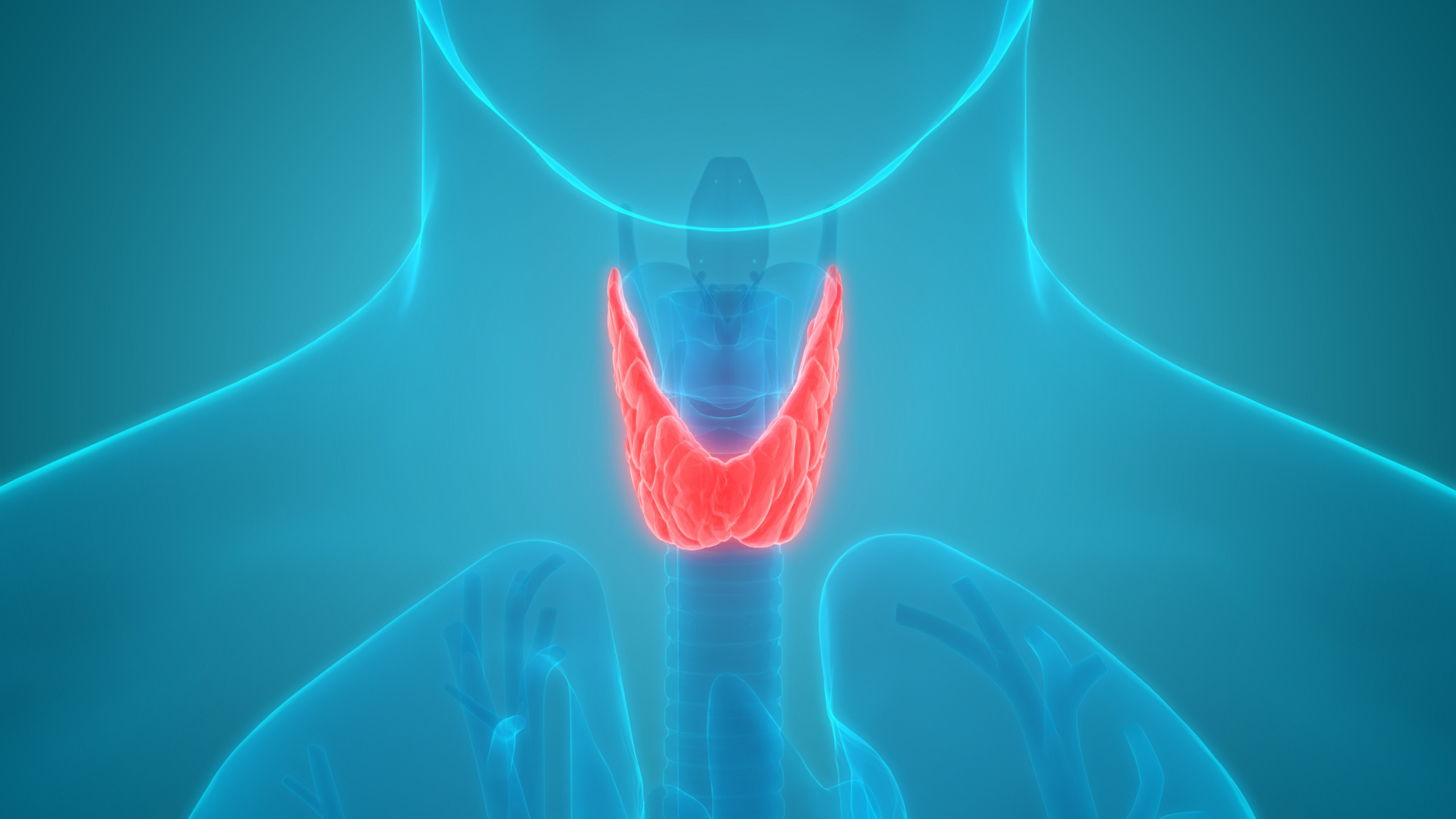Quality Control of Enzyme Immunoassay
Material for EIA testing
Various biological fluids can be used for immunological tests: serum, plasma, urine, cerebrospinal fluid, amniotic fluid, saliva, etc.
Irresistible factors that affect the results
- Age can affect the concentrations of analytes in blood and urine immediately after birth, during puberty and in old age.
- Race. Analytes content by race. Significant differences in amylase activity have been found between indigenous West Indians and native British. Based on the generally accepted threshold, 50% of West Indian natives had elevated amylase activity.
- Gender. As with appearance and sex-specific hormonal levels, differences can be found in clinical, chemical and hematological parameters.
- Pregnancy. When interpreting the results of laboratory tests in pregnant women, it is necessary to take into account the gestational age at the time of sample collection. In physiological pregnancy, the average plasma volume increases from about 2600 ml to 3900 ml, and in the first 10 weeks the increase may be insignificant, and then there is a growing increase in volume until the 35th week, when the specified level is reached. The well-known changes in plasma production and concentration of sex hormones during pregnancy are accompanied by changes in various analytes, such as thyroid hormones, metabolites, electrolytes, proteins, and some diagnostically important lipids, enzymes, coagulation factors, and components of the fibrinolytic system.
Changes in physical condition
- Diet and fluid intake are the main factors affecting a large number of analytes in clinical chemistry.
- Fasting. Prolonged fasting is closely associated with a decrease in energy expenditure and, as a result, reduced serum concentrations of T4 and, to an even greater extent, T3.
- Physical exercises. There are 2 types of exercises. Exercise of the first type – static or isometric exercises of short duration and high intensity – uses energy already stored in the muscles (ATP, creatine phosphate). The second type of exercise – dynamic or isotonic exercises of low intensity and long duration (e.g. running, swimming, cycling) – uses ATP produced aerobically or anaerobically. In addition, the effects of physical fitness and muscle mass must be taken into account. Rapidly occurring changes in analytes during exercise due to shifts in fluid volumes between the intravascular and interstitial spaces, fluid loss due to sweating, and changes in hormone concentrations (e.g., increased concentrations of adrenaline, norepinephrine, glucagon, TSH, cortisol, ACTH, and decreased insulin concentrations).
- Altitude above sea level. The content of some blood components is subject to significant changes depending on the altitude. With increasing altitude, a significant increase is observed in, for example, C-reactive protein (up to 65% at 3600 m), serum 32-globulin (up to 43% at 5400 m), hematocrit and hemoglobin (up to 8% at 1400 m) and uric acid. Adaptation to altitude takes weeks, and return to sea level values occurs within a few days. A significant decrease in values with increasing altitude was found in urinary creatinine, creatinine clearance, estriol (up to 50% at 4200 m), serum osmolality, plasma renin and serum transferrin.
Stimulants and addictive drugs as biological influences.
- Caffeine is found in many components of everyday food. Despite its widespread use, the effect of caffeine on various clinical and chemical analytes has not been studied in detail. Plasma renin activity and catecholamine concentrations increase 3 hours after ingestion of 250 mg of caffeine. Therefore, caffeine consumption should be taken into account when studying these analytes.
- Effect of smoking. Smoking causes many acute and chronic changes in analyte concentrations, with chronic effects being more likely to be moderate. Smoking increases the plasma or serum concentrations of fatty acids, epinephrine, free glycerol, aldosterone and cortisol. These changes are observed within 1 hour of smoking 1-5 cigarettes.
- Alcohol. Alcohol consumption, depending on its duration and degree, can affect a large number of analytes. These changes are partially used for diagnosis and therapeutic monitoring. Alcohol-related changes include acute and chronic changes.
Sample collection
- Influence of the circadian rhythm.
Some analytes show a tendency to fluctuate in plasma concentration throughout the day. The cortisol rhythm is the cause of unreliable results of glucose tolerance tests performed in the afternoon. For this reason, reference intervals are usually set for tests between 7 and 9 am. The circadian rhythm can be affected by the effects of individual rhythms – eating, sleeping, physical activity. These influences should not be confused with true circadian fluctuations. In some cases, it is necessary to take into account seasonal influences. For example, the content of triiodothyronine (T3) is 20% lower in summer than in winter, while 25-OH-cholecalciferol is found in higher concentrations in summer.
- Analytes may change during the menstrual cycle.
Statistically significant changes in analytes can be caused by fluctuations in hormone levels during menstruation. For example, the concentration of aldosterone in plasma is twice as high before ovulation as in the follicular phase.
Similarly, renin can show a preovulatory increase.
- Effect of medications.
At the moment, about 30% of people, and much more in older age groups, take certain medications continuously for months and even years. The chemicals they contain and the products of their metabolism are constantly present in human blood. During biochemical analyses, they can interact with the reagents used, distort the course of the reaction and lead to overestimation or underestimation of the true result (chemical interference). If a drug that is taken continuously cannot be discontinued for several days (taking into account the time of decay and elimination), this should be taken into account when interpreting the results.
- Timing of diagnostic and treatment procedures.
Many diagnostic procedures can affect the results of laboratory tests.
The following approaches should be taken when preparing subjects for biochemical tests:
– Medications that interfere with the determination of components are excluded before taking the biomaterial, unless they are given for vital indications;
– morning medication should be taken only after the biomaterial has been collected;
– blood sampling for diagnostic purposes is carried out before the infusion of drugs and solutions.
Serum
Serum is obtained from whole blood that has spontaneously clotted. It contains no clotting factors, except calcium. When serum is obtained in glass centrifuge tubes, its volume is approximately 1/3 of the blood volume taken. But in some pathological conditions, it may be less. In normal blood, a clot forms at room temperature within 20-60 minutes. If the time is not observed, latent (delayed) clotting may occur, which (especially when using analysers) clogs the flow elements and makes pipetting of samples difficult. In plastic tubes, the clotting time is extended.
Plasma
Plasma is obtained from blood by separating the cells. In contrast to serum, it contains clotting factors and is the part of the blood obtained by centrifugation of blood whose clotting has been inhibited by the addition of anticoagulants. Plasma and serum contain approximately 93% water, while whole blood contains about 81%. Therefore, the concentration of components in plasma is 12% higher than in whole blood.
Preparation and use of the kit components. Storage mode.
A common mistake is improper preparation and use of the kit components, as well as violation of the storage regime.
Recommendations:
- Do not use reagents that have expired.
- Opened reagents are stable for 30-60 days when stored at 2-8 °C, depending on the type of kit.
- Do not mix reagents from different series of kits.
- Allow all reagents to reach room temperature before use. If the kit is partially used, minimise the time that the solutions remain at room temperature, especially when opened.
- To dissolve the lyophilised components and to prepare working solutions from the concentrated drugs included in the kit, use distilled (or deionised) water with a pH close to neutral (at least 6.0). The lyophilised components should be dissolved at least 10-15 minutes before use, and the resulting solution should be thoroughly mixed at least 10 times.
- Mix the reagents in the vials thoroughly before use. Take only the required amount of reagents from the vial. Never pour excess reagents back into the vials to avoid contamination. Cap each vial with its own cap.
- Before opening the plate package, it must be kept at room temperature for approximately 30 minutes to prevent moisture condensation on the plate. If the plate is collapsible and not all strips are used at once, the remaining strips must be immediately placed in a desiccant bag and sealed tightly after opening.
- Use only thoroughly washed (preferably disposable) dishes to prepare solutions.
- Avoid exposing the chromogen and conjugate solution to light.
- Working solutions of the conjugate and substrate are usually prepared 10-15 min before application to the plate (unless otherwise specified in the reagent kit instructions) in the amount required for the assay.
Practical tips for ELISA preparation
- Make an arrangement of the form, standards, controls and samples on the plate. Ensure that all required reagents and samples are brought to room temperature.
- If a mistake is made in the addition of the samples to be analysed (e.g. 2 samples are added to the same well), do not add a new sample to the well after removing the serum from that well.
- Each of the test specimens must be added using a new pipette tip.
- Ensure pipetting accuracy. To minimise possible variations due to different incubation times, pipet the reagents at the same rate.
- Optimise washing and microplate handling. Too much liquid removal by the washer can dry out the protein coating in the well, inactivating it, and too little will result in liquid droplets. Do not leave the wells dry between reagent addition steps. If you experience unexpected delays during the run, fill the wells with wash solution.
- It is recommended that all samples are analysed in duplicate.
- One of the reasons for unsatisfactory results when using solid-phase kits is the use of incubator shakers that do not provide the required shaking intensity.
- Incubation temperature is also a factor affecting the course of the immunochemical reaction in the well. Low laboratory temperature (less than 18 °C) leads to the same result as poor shaking.
- During incubation, seal the microplate with an adhesive film or cover it with a lid, except during the incubation with substrate (only with a lid!).
- Incubate the plates with the substrate in the dark to avoid edge effects on the plate.
- Check the accuracy of your equipment regularly.
- It is necessary to have a permanent internal laboratory quality control system and participation of the laboratory in the external quality control system.
- For laboratories with a small volume of tests, it is important that after opening the kit, its components remain stable for a long time. It should be borne in mind that, as a rule, the kit is stable for no more than 1-2 months after opening.


